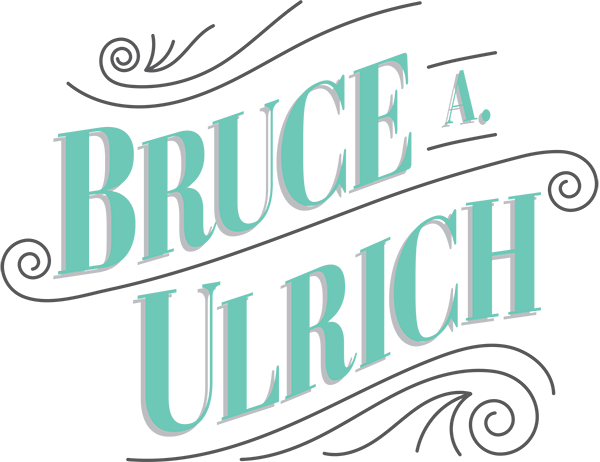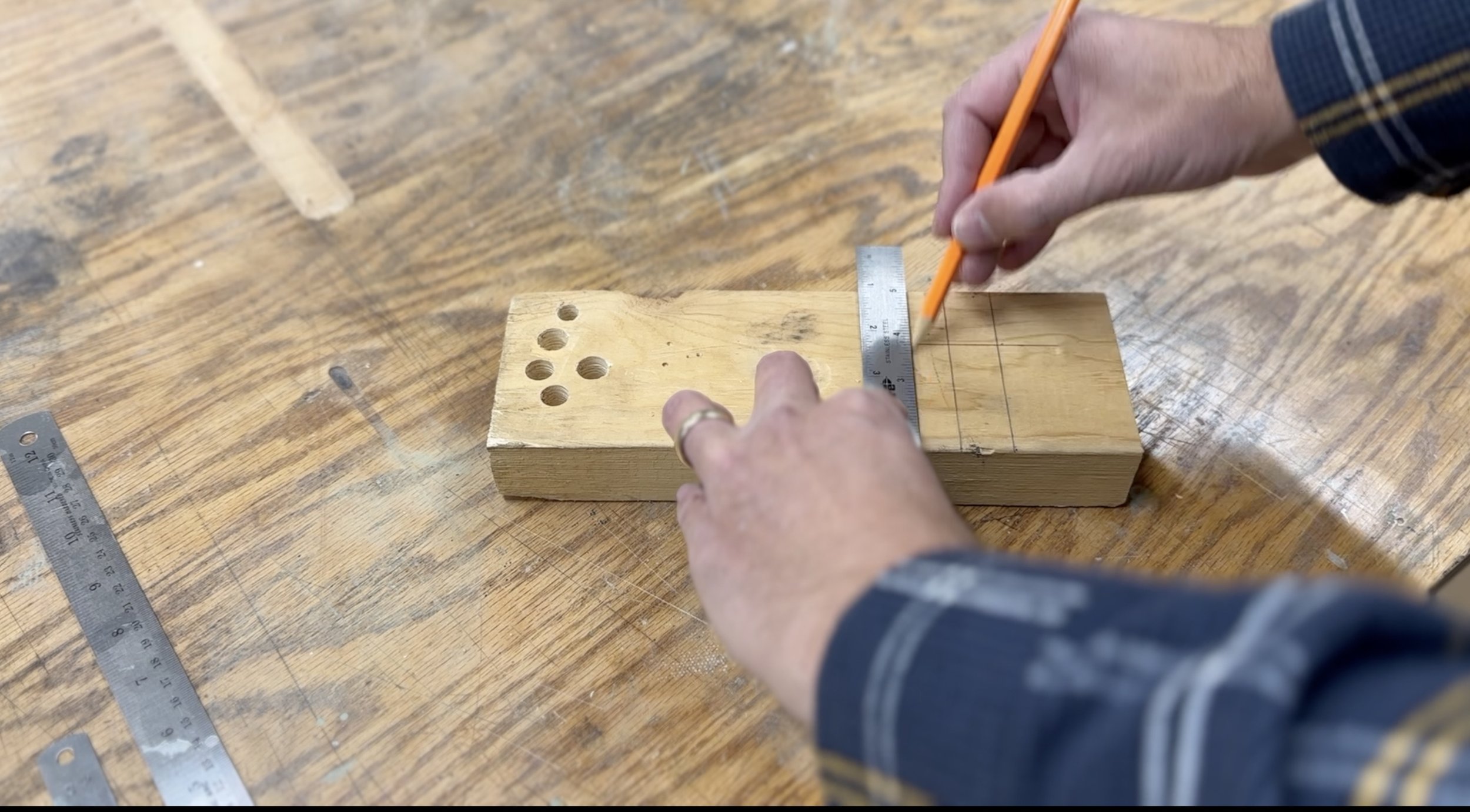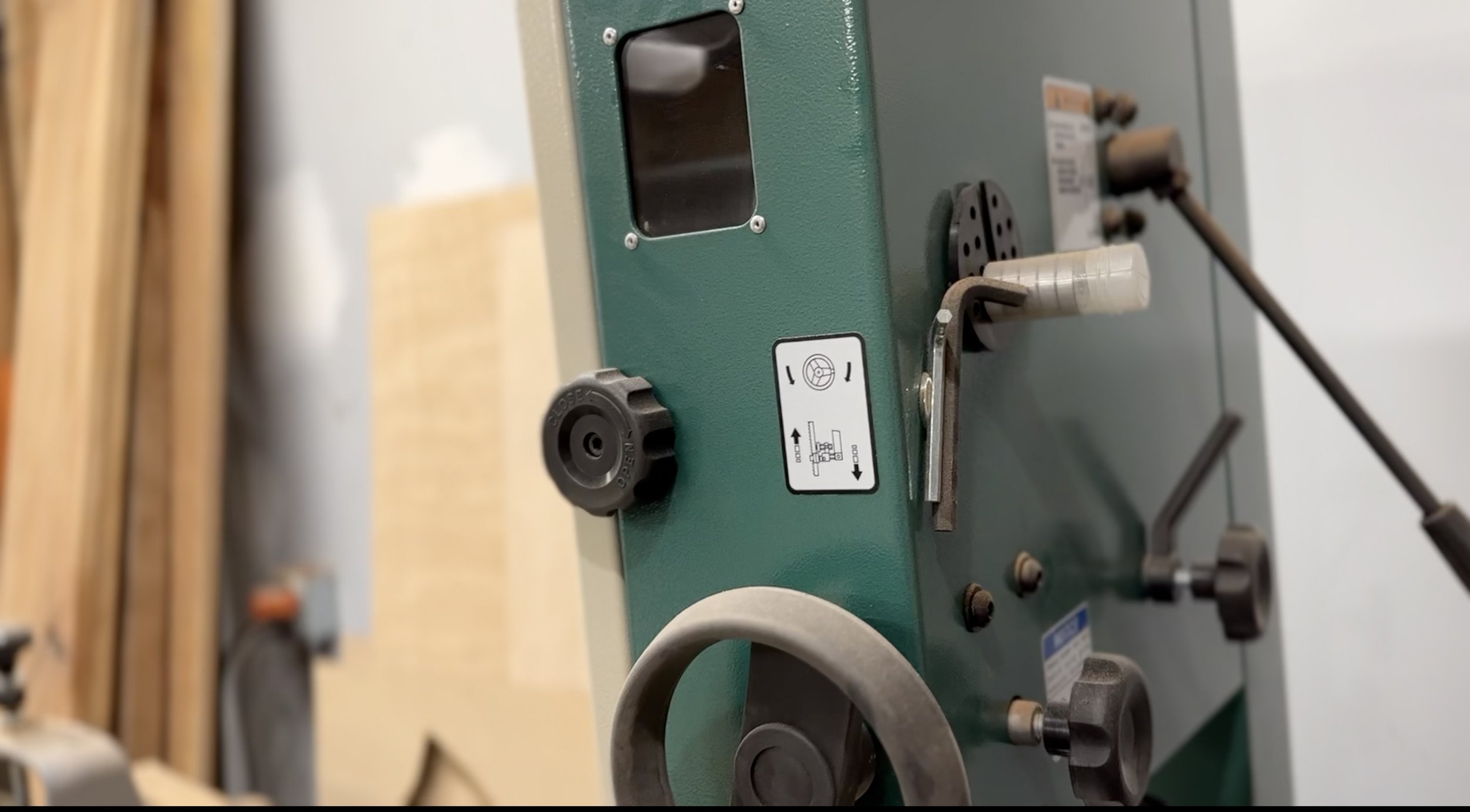12 Tools Under $20
VIDEO:
In this post, I’ll talk about 12 tools I use all the time that are under $20. I definitely recommend you pick some of these up. And they won’t break the bank! Watch the video and follow along with the project below:
TOOLS & MATERIALS (affiliate links)
Calipers: https://amzn.to/3gxOKwj
Center Punch: https://amzn.to/3AMTTqW
Compass/Dividers: https://amzn.to/3XCfzQG
Lefty/Righty Tape Measure: https://amzn.to/3gBkssp
Hex Wrench Set: https://amzn.to/3UghCac
Steel Rule: https://amzn.to/3icvWDg
20 pcs Drill/Drive Set: shorturl.at/gvAC4
Flush Trim Saw: https://amzn.to/3Ubqj5k
5 Min. Epoxy: https://amzn.to/3OJO97d
Neodymium Magnets: https://amzn.to/3EAd9cx
6" Combination Square: https://amzn.to/3VtqOJi
Utility Knife: https://amzn.to/3U28QMR
Thermal Printer: https://amzn.to/3Vtr9M4
Woodpeckers Paolini Pocket Rule: https://www.woodpeck.com/ppr-2019.html
MEASURING:
Firs up is the 6” combination square. If you don’t have one of these in your shop, I definitely recommend it. I have a few. They’re so versatile and being small, they can get into places that some larger squares cannot. It’s very handy to have multiples of these. You can set two different measurements on them and then you’re not having to switch back and forth with your squares.
Pick up a set of decent digital calipers. They don’t have to be the most high-end thing in the world (You can get decent ones that are pretty inexpensive), but just steer clear of the ones that are plastic. You want them to be made from stainless steel.
These tools can measure for you down to the thousandth of an inch. You can change it to read in metric and you can even have it calculate fractions.
I have a couple of steel rules, and they’re fantastic for layout operations. One is a 6 steel rule and the other, a 12 inch one. They’re very inexpensive and often have imperial and metric markings. They’re just great to have around the shop here and there.
Next on the measuring list is a good tape measure. I like this Lefty/Righty from FastCap. You can read them from either side, which is really helpful when you start dealing with fractions. It can be very easy to read it upside down and get the measurement wrong…not with this one. It has a built-in pencil sharpener and a clip to hook to your pocket that is a little easier to get on and off. Plus, it has a white space that you can write on in pencil and then reuse. This can be helpful to jot down a quick measurement and then you don’t have to worry about forgetting it.
HANDY EVERYDAY TOOLS:
In this section, I’ll talk about some of the tools that are just great to have around the shop for different tasks.
First up is a good flush trim saw. This little flexible saw cuts on the pull stroke, and can be used to trim dowel pins, splines or anything else flush to the surface without marring that surface. It has to do with the geometry of the teeth, but they’re great to have around. I’ve had this Irwin one for many years, and it’s not expensive so you don’t have to be so precious about getting glue on it.
We all have random hex wrenches that come with simple furniture (here’s looking at you, Ikea). They’re random and not all that useful after that initial use, partially, since you never really know what size they are. I would recommend finding a decent set of hex wrench. This set I have included SAE and Metric, so you’re pretty well covered on so many projects. These that I have are rounded/hex on one end, which really helps you get into some places you can’t with the straight hex end. You can kind of use them at an angle since they’re rounded, and I’ve found that very useful.
Magnets.
They’re pretty amazing, right? Well, I want to show you some of the ways I use them, and I think you’ll appreciate them even more in your shop!
Pick up some magnets and put them on your tools here and there. I have one on the back of my bandsaw so the two hex wrenches that adjust the guide bearings for that machine are always within reach. I have one on my table saw rail with a small tape measure, just in case I can’t find another one. I have some that I use in the laser to stick stuff down to the bed, but also to the housing to hold my masking cleanup tool. The closer you can keep those tools that you use with those particular machines, the better.
DRILLING:
There are a couple of suggestions I have to help your drilling operations be more accurate and successful. The first one is a center punch. This spring-loaded tool makes a small divot in your work piece that allows a drill bit to ride in. By doing this, you won’t have drill bits that wander around, missing the mark and causing inaccuracy.
The next thing is just a decent drill and driving bit set. I have linked one from Montana Brand Tools above that is inexpensive. Something like this will come in very handy for many of the everyday operations you need to do, plus it’s easy to take with you to a project located outside of your shop.
MISC:
Next, there are a few tools that are great in the shop, but not all of them fit neatly into one category, so I’ll just do a spreadshot of them for you here.
Some good 5-minute epoxy is great to have around the shop. There are always times you need something fast-setting adhesive, and epoxy is a great choice. I like the set I’ve linked above since it is far more economical than the small almost single use pack you can pick up at the hardware store.
Next up is a good set of dividers or a compass. This one is about 8” and is made from all steel construction, so it’s very stout. It has a nice feel to it. You can fit a normal-sized pencil in it, and mark out circles or draw various arcs.
A basic utility knife is always good to have around. I actually buy them in multiples and keep them in different places like in my office, in my truck, in my pocket, so I always have access to one. They’re very inexpensive and these Husky ones have a great, slim profile and can change the blade without the use of tools.
A silicone spatula from the dollar store can be the best thing for your glue-up. These are Better Crocker and they’re the fastest at spreading glue evenly that I’ve ever found. Plus, when the glue dries, you just peel it off.
I mentioned earlier in the article that having some 6” combination squares is very helpful on projects. Well, those were more budget-friendly options, but if you’re wanting to get a little nicer tool and spend a bit more, this Woodpeckers Piolini Pocket Rule is a nice upgrade. It just has a refinement that you can tell. Plus, it does a lot of things that I am probably not even aware. One of those cool things is that it has measurement on the end so you can set the height of a blade, or in my case, the head of my laser engraver.
Something else I find invaluable in my small business is a good thermal printer. This is not for the workshop, but this tool puts in plenty of work for me. In case you’re not familiar with these, they don’t use any ink. They basically thermally mark on the labels, and because of that, they’re very economical and fast! This one that I have can print a 4”x6” label in about 2 seconds! This one comes with some labels to get you started shipping fast.
CONCLUSION:
Well, thanks for checking out this article and hopefully you watched the video also. I just wanted to show some tools that I’ve had for a long time, and still use constantly.
Let me know if there are some others I missed.






































